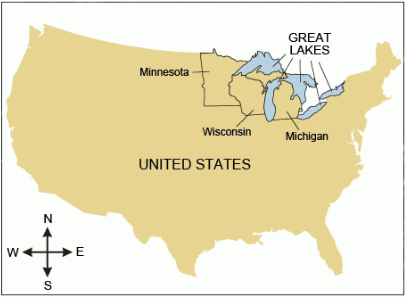题目解析:
【题目翻译】根据文章第一段的内容,松树具有以下特性,是十九世纪美国建筑理想的材料,除了哪项不正确?
A:很耐用。
B:相对容易运输。
C:它柔软,易于操作。
D:它建造的建筑物特别吸引人。
【判断题型】根据题干中出现的大写“EXCEPT”,可以判定本题为否定事实信息题,需要找出与原文信息不符的那个答案。
【关键词定位】根据题干关键词“Paragraph 1 ”,可以将出题范围锁定在第1段 。
【选项分析】
A 选项:It was long lasting,对应 durable,所以排除
B 选项:It was relatively easy to transport,对应 floats nicely on water,可得知由水路运输相对便捷,所以也排除
C 选项:Its softness made it easy to work with,对应了 easily worked,排除
D 选项:It produced buildings that were especially attractive,意思是“用松木建造的建筑十分有吸引力”同样的 attractive 一词混淆原文中的“松木在建筑用途上十分受欢迎”,曲解原意,故 D 为答案。


 In nineteenth-century America, practically everything that was built involved wood.Pine was especially attractive for building purposes.It is durable and strong, yet soft enough to be easily worked with even the simplest of hand tools.It also floats nicely on water, which allowed it to be transported to distant markets across the nation.The central and northern reaches of the Great Lakes states—Michigan, Wisconsin, and Minnesota—all contained extensive pine forests as well as many large rivers for floating logs into the Great Lakes, from where they were transported nationwide.
In nineteenth-century America, practically everything that was built involved wood.Pine was especially attractive for building purposes.It is durable and strong, yet soft enough to be easily worked with even the simplest of hand tools.It also floats nicely on water, which allowed it to be transported to distant markets across the nation.The central and northern reaches of the Great Lakes states—Michigan, Wisconsin, and Minnesota—all contained extensive pine forests as well as many large rivers for floating logs into the Great Lakes, from where they were transported nationwide.